A tour of the Uncle Nearest Distillery reminds of black folks' contributions to Tennessee whiskey
What happens when a philosophy professor takes his talents to Tennessee to visit where Uncle Nearest is made? A lesson or two is learned, of course.
Editor’s note: Lawrence Ware is my friend, fraternity brother (‘06) and creative partner in crime. Months ago, I asked him to chronicle his experience at Uncle Nearest’s Distillery in Shelbyville, Tennessee. He politely accepted and even took pictures of his trip. His words have been edited for clarity by me. Please follow him on Twitter/X. Thank you.
By Lawrence Ware
@law-writes
I was late to brown liquor.
In my first year of college, I was a vodka guy. Not the good kind – the cheap kind. I developed a deep affinity for Everclear in my sophomore year of college. (Partly because it was cheap and got me drunk quickly.) I became a connoisseur of Courvoisier in my junior and senior years because I tried to have an air of refinement that I thought liquor brought me.
Secretly, I hated that shit.
After college, I left liquor alone and shifted to wine – first, the sweet white stuff, until my palate developed and I began to appreciate the complexities and depth of reds.
I didn’t discover brown liquor until I became a professor in college.
I had a colleague who asked if I wanted a glass of Scotch when I came into his office while I was there to give a talk to students. I was visiting a different university, so I was not sure I was allowed to drink on a college campus, but I went with it to seem refined. He poured me a small glass of brown liquid from a bottle with a name I could not pronounce. I learned that it was something called Lagavulin and that this kind of liquor had a rich history.
It was the single worst thing I’d ever tasted. I could not even finish the glass.
My colleague laughed and then poured me a glass of something different. Something from Tennessee, he said. Something smoother.
He poured me a glass of Uncle Nearest 1884.
I was hooked.
The flavor was deep but also a bit sweet. As I sipped, my colleague told me the history of Nathan ‘Nearest’ Green, the man known affectionately as Uncle Nearest. I learned how he was a black man who taught Jack Daniels the art of making whiskey and how no one knew his name until recently.
I vowed that I would visit that distillery one day. I had to go. I would find a way to make it there, but I could not make that happen until February of this year.
If you plan to visit the Uncle Nearest Distillery, ensure you are prepared for a journey.
The distillery is on a patch of land about an hour southeast of Nashville in a small town called Shelbyville. I was worried I had to leave town before the sun went down, but I was surprised to find the people warm and welcoming.
Upon arrival, I was given a tour of the facility. They told the history of whiskey in Tennessee with a detailed explanation of the Lincoln County Process, a way of filtering bourbon through sugar maple charcoal that removes impurities and the harshness you might find in other whiskies. A process that makes the bourbon produced using this method smoother and easier to drink.
What impacted me most, and took up almost an hour of my time, were the pictures on the wall of Nearest Green and his family. There were also wooden plaques on the wall that told the story of Tennessee whiskey from a distinctly black perspective. The plaques argued that enslaved Africans were the ones who introduced the charcoal filtering process to America, thereby postulating that the fame Tennessee has garnered for its unique whiskey owes much to the black folks who previously have not gotten any credit for their contributions.
It is a compelling case.
The plaques conclude by showing how Nathan Green was the first Master Distiller for Jack Daniels Distillery, a fact that was lost to history until Fawn Weaver, the black woman who owns Uncle Nearest Distillery, made sure that story was widely known.
The tour ended with a tasting of the bourbon Uncle Nearest makes.
They gave us a taste of 1884 and 1856, the two liquors they are known for and you can buy at most local liquor stores. Then they brought out the good stuff. The things you can only get there at the distillery. The Rye (which was too earthy for my taste) and the Master Blend, and the Single Barrel – which had the highest alcohol content of the bunch, but you would never know it considering how smooth they were.
I had to have some of the Single Barrel, which cost me about $80. I wanted the Master Blend (personally selected by their Master Distiller, Victoria Eady Butler, the great-great-granddaughter of Nathan Green), but I could not bring myself to pay over $120 for the whiskey – a decision I’m kicking myself over.
Before I left, I had some of the best Bar-B-Que I’ve ever tasted at a small eatery on the campus of the distillery called Barrel House II. I had the ‘grilled cheese on crack,’ the best sandwich I’ve ever had. Make sure you get some if you visit.
The distillery exceeded my expectations, and I was happy to hear that they had grand plans for expansion. I walked away from the distillery with two things on my mind.
The contributions of black folks to American culture are innumerable. America would not be nearly as great if not for the folks whose skin was kissed by the sun and were brought to this land in chains.
I probably drank too much whiskey while visiting the home of Uncle Nearest Premium Whiskey.
Thank goodness I was able to take a nap on the trip back to Nashville. Cheers.

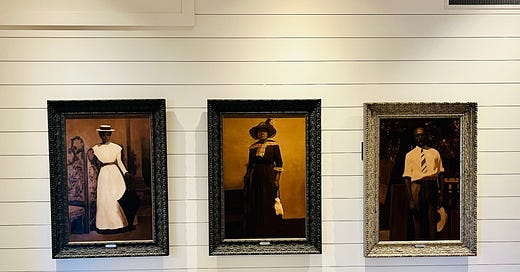


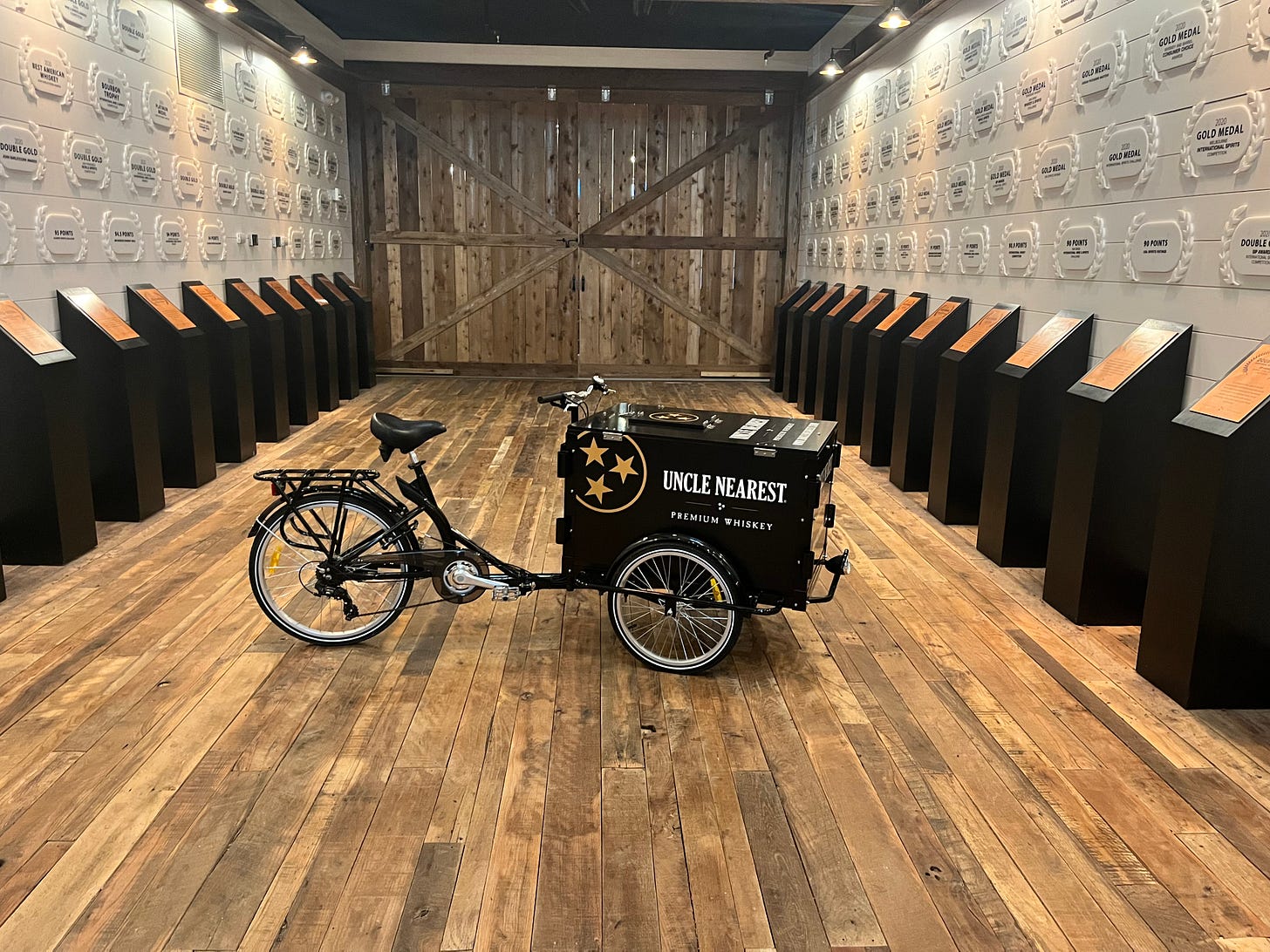
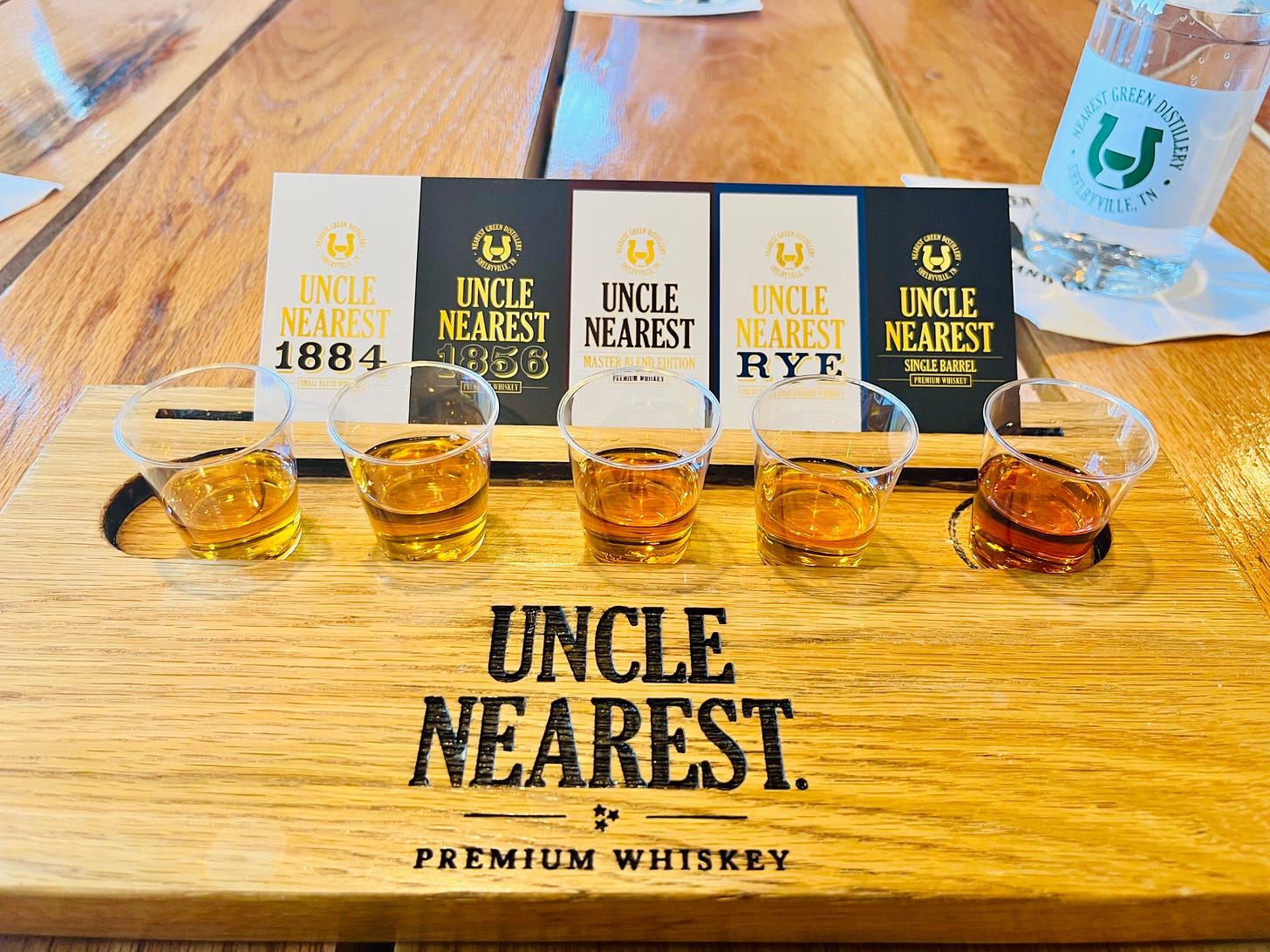
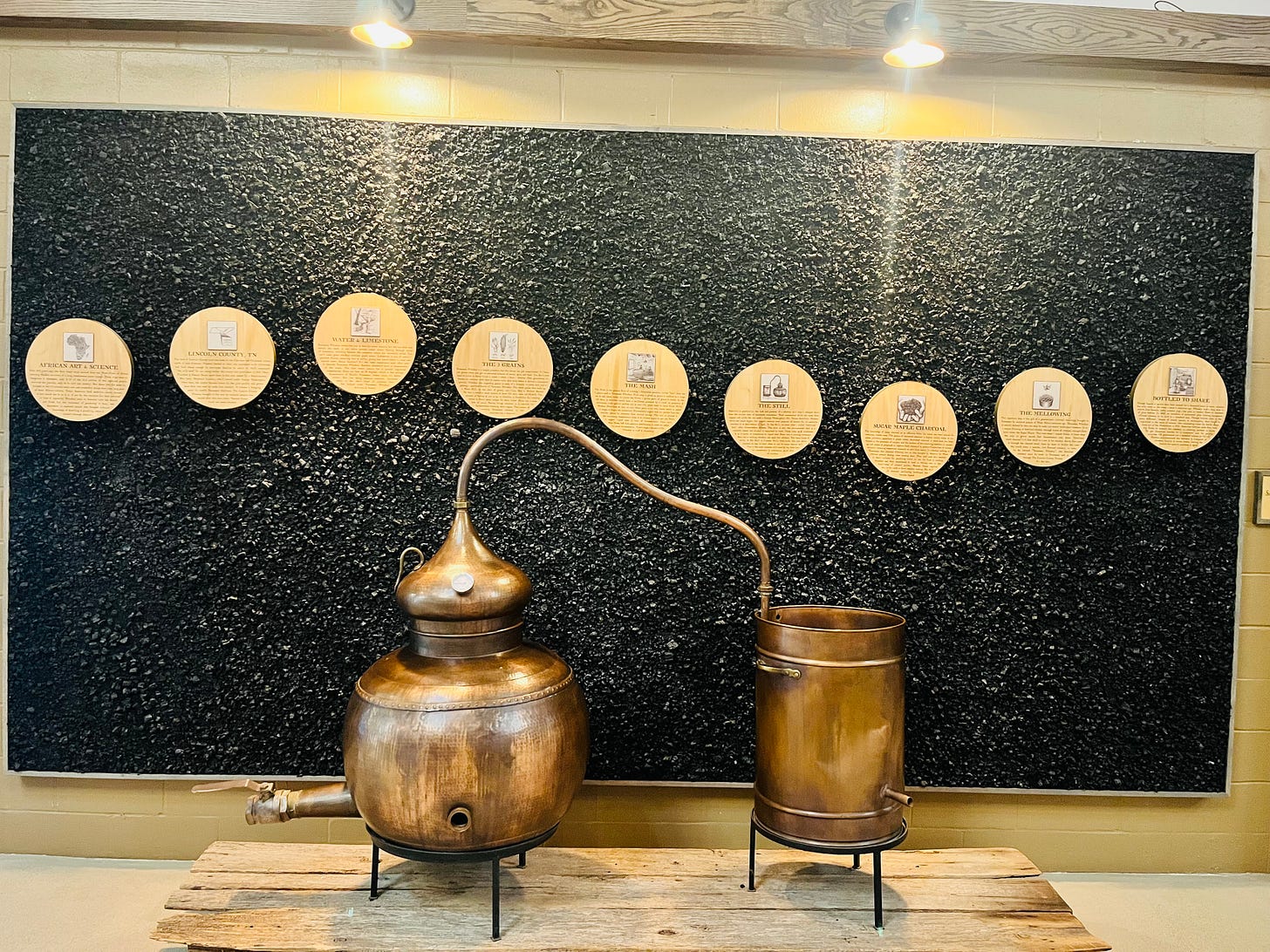



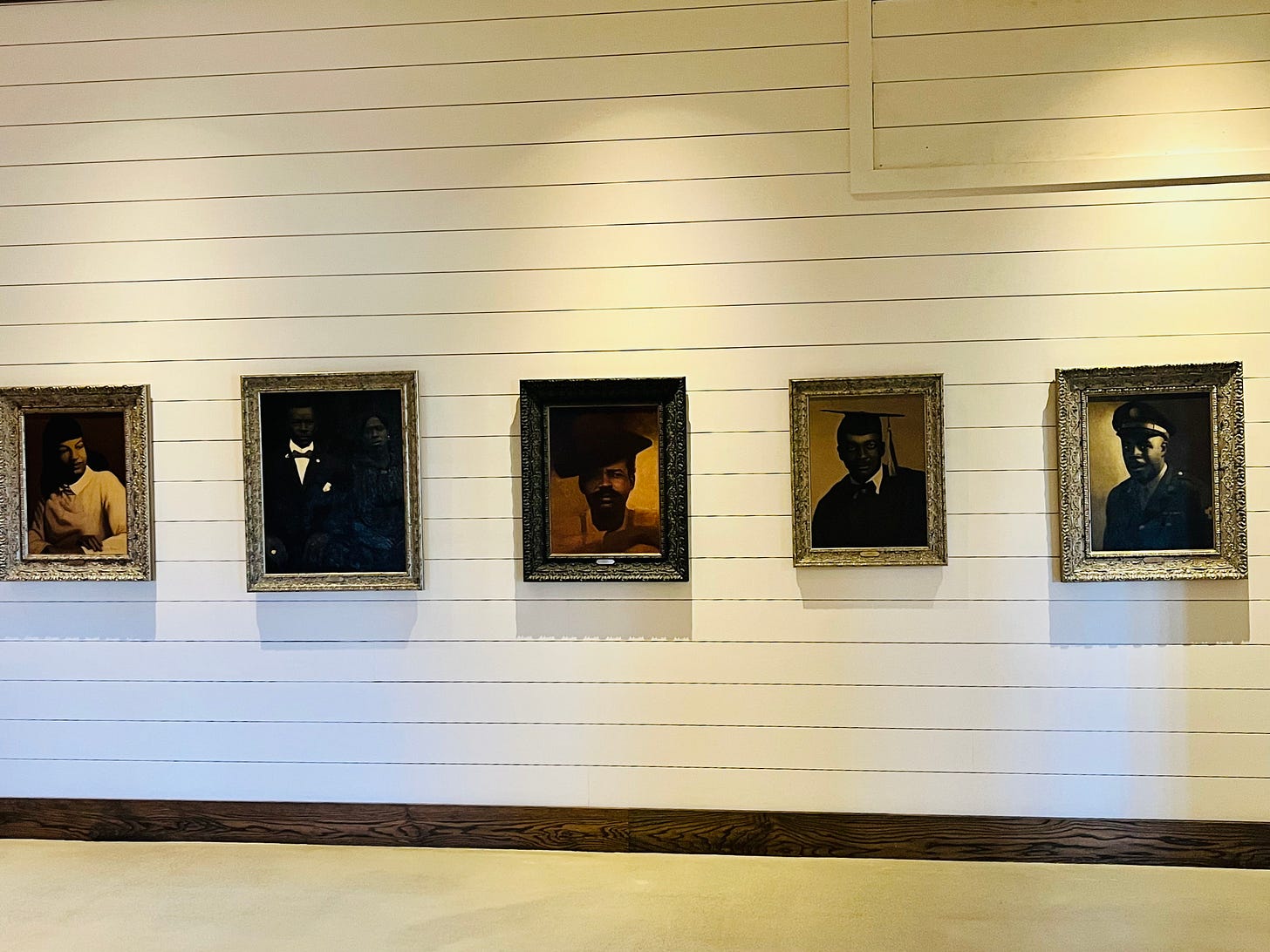
Good stuff. Hit me up and we can pop open this bottle of UN 1820